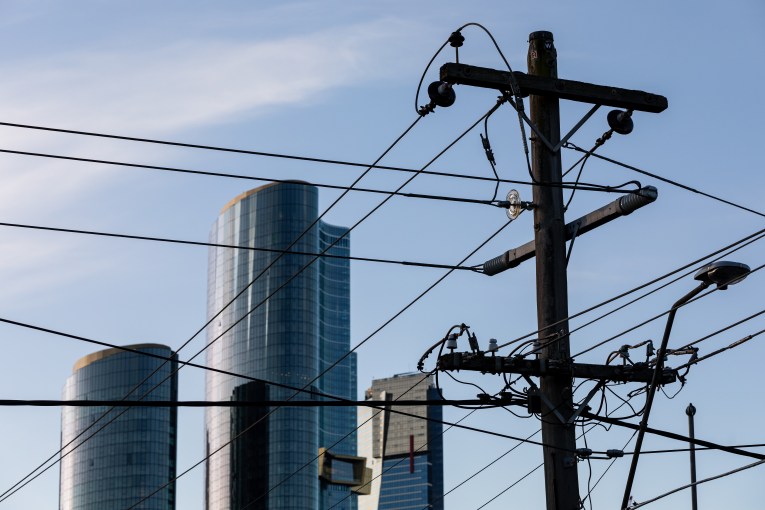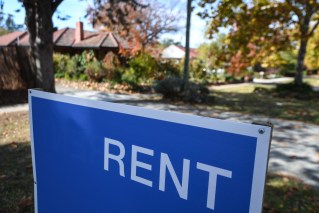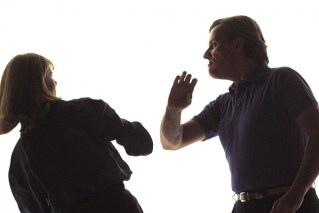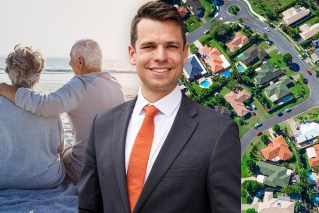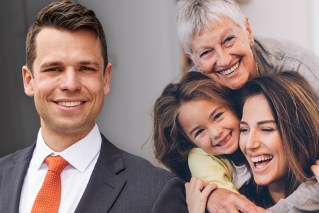‘A national disgrace’: Major report reveals homelessness has soared

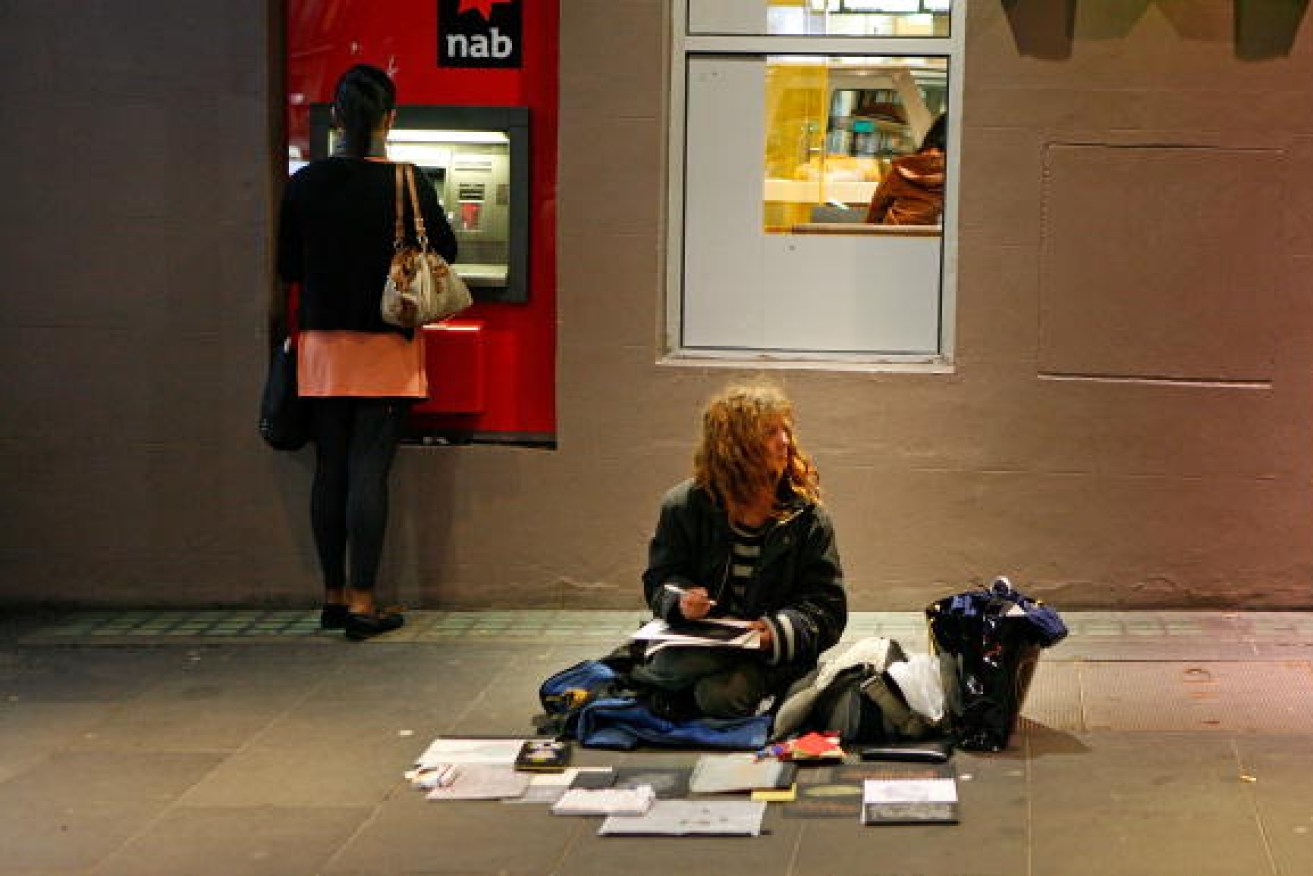
Homelessness is on the rise in major Australian cities. Photo: Getty
Welfare advocates will urge immediate action on Tuesday as a landmark new report finds the number of Australians sleeping rough has soared to about 8200 a night.
The Australian Homelessness Monitor recorded a 20 per cent increase in the number of people sleeping rough across the nation between 2011 and 2016. The population increased by 9 per cent over the same period.
More older Australians are without a home than ever before, while nearly 615,000 people now live below the poverty line, according to the unprecedented study by researchers from the universities of New South Wales and Queensland.
Demand for homelessness services, meanwhile, surged 22 per cent over the period, with the researchers finding that a housing market at “breaking point” was a key culprit.
“After a decade to 2011 which saw the rate of homelessness fairly stable, the past five years witnessed a marked increase,” the report said.
The researchers found that although there had been a “disproportionate rise in rough sleeping”, a 14 per cent increase of homelessness overall was fuelled by the “growing problem of severe overcrowding”.
Amid a shortage of affordable houses, those people – about 51,000 on census night – were considered homeless because they were “crammed into dwellings with at least four bedrooms fewer than required”.
“The number of people in this situation grew by 23 per cent in the five years to 2016,” the report said.
Tony Keenan, the chief executive of Launch Housing, which commissioned the study, accused politicians of inaction, saying decision-makers had been “stuck in a policy echo-chamber”.
“There are tangible things that state and federal governments can do now to fix Australia’s housing crisis,” he said.
Mr Keenan said the 14 per cent increase in homelessness across Australia was a “national disgrace”.
The report comes amid a national debate over the rate of the unemployment benefit Newstart, which has not been increased in real terms since 1994.
The government ignored calls from the business and welfare lobbies to increase the payment, while Labor says it will wait for a “root and branch” review before committing to an increase.
Although the report noted there was little sign of recently rising rates of poverty or unemployment nationally, it noted factors such as “a fivefold increase in the number of benefit sanctions recorded between 2011 and 2016” could be behind the surge in homelessness.
Another factor was that more people on welfare now received the lower Newstart Allowance payment rather than Disability Support Pension and the (Single) Parenting Payment.
The study – which analysed ABS data, statistics held by welfare agencies and organisations – paints a particularly bleak picture of increasing rates of homelessness in the nation’s capital cities.
In Sydney, the number people without somewhere to sleep rose by 48 per cent between 2011 and 2016, more than three times the national increase.
Behind Sydney, the next biggest increase was in Darwin (36 per cent), followed by Brisbane (32 per cent), Hobart (21 per cent) and Melbourne and Adelaide (14 per cent).
Canberra was the only capital city to reduce homelessness, with the rate falling by 8 per cent.
“The Monitor shows the direct relationship between government policies and levels of homelessness,” Mr Keenan said.
“Lack of affordable housing, cuts to social security, lower wages and higher housing prices contribute. People living in poverty are more affected.
“We must see a shared effort from the Australian government, the states and territories to address housing affordability.”
A report by Anglicare last month that reviewed 67,000 properties listed for rent across Australia found only three were affordable for those on the dole. None of the homes was in Sydney, Canberra, Melbourne, Adelaide, Darwin or Perth.
The Launch Housing report said 40 per cent of the 280,000 people who presented at homelessness agencies reported domestic violence was a factor in their case.
Indigenous people were 10 times more likely to experience homelessness.
“This is the first time we’ve been able to connect all these dots to inform a fully-fledged picture of why homelessness is such a dire issue in Australia,” Mr Keenan said.
“No one in Australia should be without a home, and there are things that everyone can do to help.”
